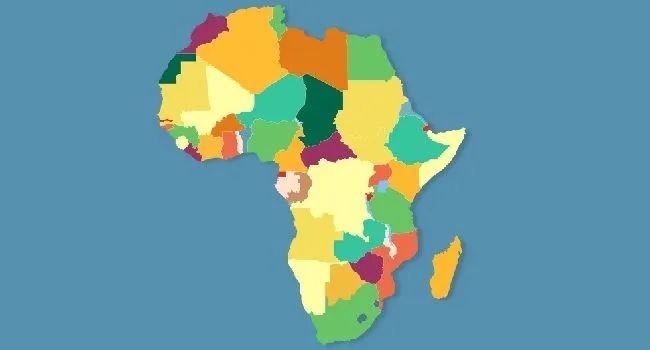By John Ikani
The United Nations (UN) foresees a modest uptick in Africa’s growth rate, projecting an increase from 3.3% in 2023 to 3.5% in 2024.
Meanwhile, global growth is on a downward trajectory, expected to decelerate from 2.7% in 2023 to 2.4% in 2024, as per the UN’s World Economic Situation and Prospects (WESP) report for 2024 unveiled in New York.
The report highlights the Least Developed Countries (LDCs), estimating a growth rate of five per cent in 2024. However, this falls short of the seven per cent growth target outlined in the Sustainable Development Goals (SDG).
Global inflation is anticipated to decline from an estimated 5.7% in 2023 to 3.9% in 2024. Despite this, the report warns of persistent inflation challenges in numerous countries, especially if geopolitical conflicts escalate.
In approximately 25% of developing nations, annual inflation is projected to exceed 10% in 2024, with consumer prices in these economies rising by 21.1% since January 2021, eroding economic gains post-COVID-19 recovery.
“Persistently high inflation has further set back progress in poverty eradication, with especially severe impacts in the least developed countries,” emphasized Li Junhua, Head of the UN’s Department of Economic and Social Affairs (DESA).
READ ALSO: JPMorgan Raises Caution On Phasing Out Fossil Fuels, Calls for ‘Reality Check’
The report also notes the robust recovery in developed countries, exemplified by low unemployment rates (3.7% in the U.S. and six per cent in the EU in 2023) and rising nominal wages. However, real income losses and labor shortages present challenges.
Developing nations exhibit mixed progress; while countries like China, Brazil, Türkiye, and Russia report declining unemployment, persistent gender gaps and high youth unemployment remain.
The report observes a slowdown in investment growth across developed and developing economies. Developing nations grapple with challenges such as capital flight and reduced foreign direct investment, while global investment growth is expected to remain low due to uncertainties, high debt burdens, and rising interest rates.
International trade as a growth driver is losing momentum, with global trade growth weakening to 0.6% in 2023 and projected to recover to 2.4% in 2024. Factors such as a shift from goods to services in consumer spending, geopolitical tensions, supply chain disruptions, and pandemic effects impede trade growth.
“Furthermore, the shift towards protectionist policies in some countries has also influenced trade dynamics, leading to a reevaluation of global supply chains and trade agreements,” the report states.
Developing countries face challenges with high external debt and rising interest rates, making access to international capital markets difficult.
The report highlights a decline in official development assistance and foreign direct investment for low-income countries, pointing out that debt sustainability is a critical challenge, particularly with changing global financial conditions.
Addressing climate change, the report notes the worsening extreme weather conditions in 2023, including the hottest summer since 1880, resulting in devastating wildfires, floods, and droughts worldwide. These events have direct economic impacts, damaging infrastructure, agriculture, and livelihoods.
Studies predict substantial losses to the global economy due to climate change, with estimates suggesting a potential 10% reduction in global GDP by 2100, considering events like the collapse of the Greenland ice shelf.
Without mitigation, average global incomes could be 23% lower by 2100, according to other models.



































